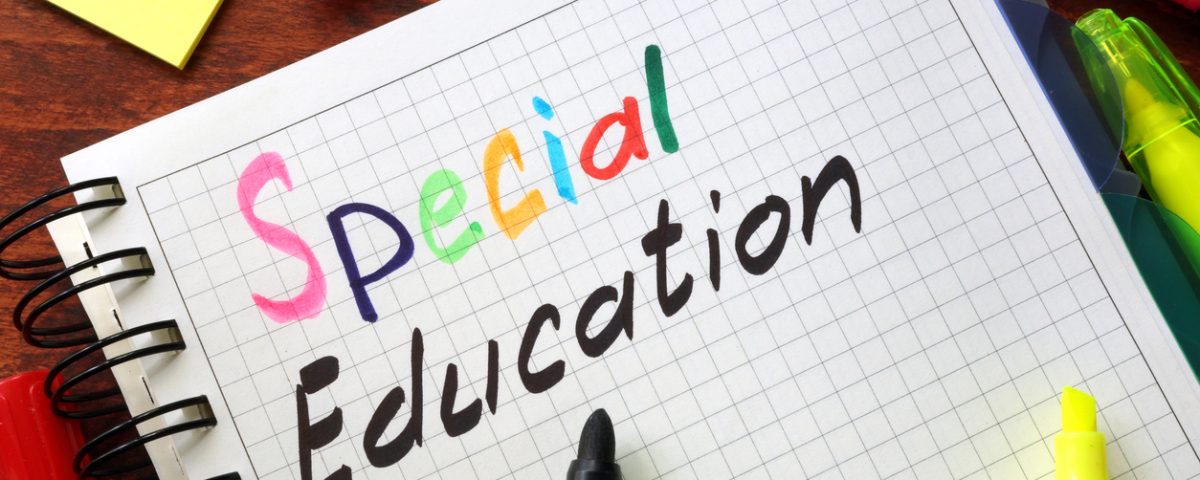7 Steps of the IEP for Special Education Teachers

Mobile Technology & Police Efficiency
January 19, 2021
What Types of Disorders Are Taught in Special Education Classrooms?
February 1, 20217 Steps of the IEP for Special Education Teachers
Individualized education plans, or IEPs, are required for every child receiving special education and related services in the public school system. The IEP process is supposed to be a fair program, and the resulting plan should help students with disabilities transition into life after school, including individual goals and personalized learning.
We’ve outlined seven steps that special education teachers can take to form an effective IEP for their students that maximize their learning and development.
Pre-Referral
Pre-referral interventions are implemented based on the kind of disability exhibited by the special education student. The pre-referral’s main objectives are to document and elaborate on the student’s challenges, evaluate the usefulness of classroom accommodations, review different instructional interventions, and supervise the development of the student.
This process helps determine whether the student’s behavioral and educational challenges are resolvable in a general education classroom. During pre-referral, teachers may try various approaches to establish whether instruction may cause the student’s problems.
Referral
If pre-referral is unsuccessful, the student is then referred for special education services. This can come from parents, daycare professionals, public health nurses, social service agencies, or doctors. Referral for special education services can occur at various stages of a student’s life and vary based on their needs.
Identification
A special assessment is carried out after a referral to determine whether the child has a disability that requires special education. During this part of the IEP, the student’s major life activities, like socializing and school performance, are used to assess special education services they would need.
Eligibility
Information collected during the assessment stage categorizes those who have a disability and are eligible for special education services. The IEP committee forms different elements of the special education services required to plan and deliver an applicable education outline. Students who don’t meet the qualifications for special education services remain in the traditional classroom.
Development of IEP
An IEP team forms to determine the best qualities of a program. The group includes the child’s parents, teachers, administrators, and other specialists. Parents may want to bring a child advocate to understand better what their child can expect in a program. During a meeting, IEP leaders identify resources required by the child, their individualized learning style is determined, along with long-term and short-term goals for development.
Application
An IEP sets accommodations for both instructions and testing and an array of multidisciplinary services required from various providers to support the child’s education. A student with special needs will interact with occupational therapists, physical therapists, speech pathologists, and other special education professionals.
Reviews
Each IEP requires accountability and consistent review by the child’s parents and teacher. A review can happen annually or after every three years, depending on the state. The purpose of a review is to determine whether the student is meeting their educational and developmental goals.
About PGUI
Professional Governmental Underwriters, Inc., is a full-service risk management company dedicated to assisting public, educational and non-profit entities in the management of their professional liability exposures including educators liability insurance. We are dedicated to providing state-of-the-art professional underwriting management and loss control advisory services on behalf of our designated carriers. For more information, call us toll-free at (800) 586-6502.


